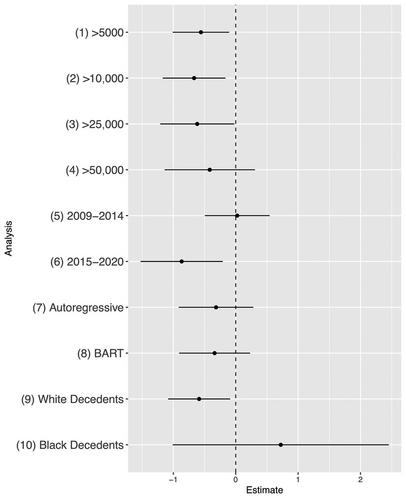Neck-restraint bans, law enforcement officer unions, and police killings
Abstract
Research Summary
Following high-profile police killings, many U.S. cities banned officers from using chokeholds and other neck restraints. The evidence for such bans, however, is limited. To test whether use-of-force policies prohibiting neck restraints are related to fewer police killings, we use three modeling approaches to analyze 2183 U.S. cities between 2009 and 2021. Police killings were lower in places that adopted neck-restraint bans and the bans were associated with less crime and fewer assaults on officers, net of controls. Because officer labor unions can affect use-of-force policies and the frequency of police killings, we also analyzed them, finding unionization increased the likelihood a city had a neck-restraint ban and had a null or negative association with police killings.
Policy Implications
Adopting a neck-restraint ban is likely an effective way to reduce deaths due to police use of force with minimal collateral consequences. The bans operate through a diffuse discouragement of many types of lethal force or as a part of an array of use-of-force policies. Their direct relationship to asphyxiation deaths remains unclear. Officer unionization is unlikely to change the frequency of police killings, except through its association with stricter use-of-force policies.


 求助内容:
求助内容: 应助结果提醒方式:
应助结果提醒方式:


